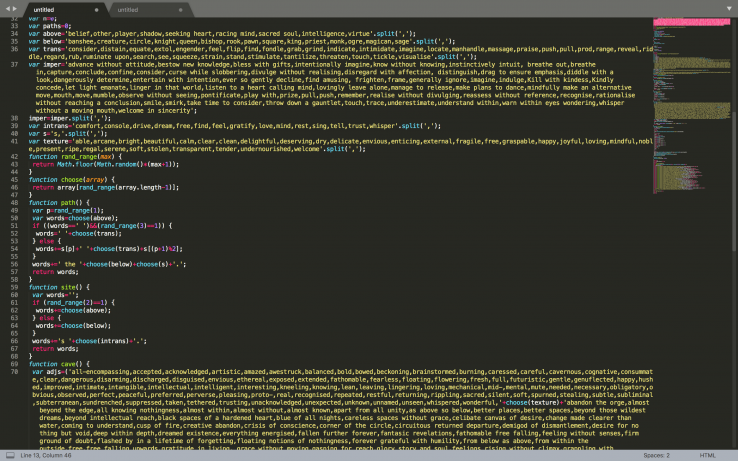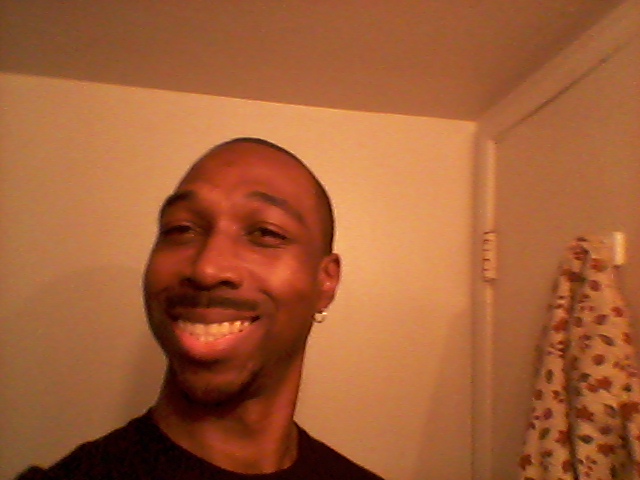Entry #1
On this weeks entry I have encountered very interesting work named “Taroko Gorge” made by Nick Montfort and, with the help of such software like JavaScript, CSS and HTML, he was able to put together a very intriguing poem that displays keywords. I found this piece of work to be very interesting because other writers where able to pick up the same type of story-telling and make it their own just by changing a few words.

Another variation of this type of poem I read was “Taroko Gary” by Leonardo Flores. It was structured just like Montfort’s Taroko Gorge but the background really spoke to me. I felt like I was being taken on a quest to just observe the rainforest and the mountains. It reminded me of when I was a kid, going camping, and I would just love to go out and explore the landscape with phrases such as
“Rain coasting the creek.”
“Creek Stand.”
The technology behind this is really fascinating because the format of making poems like this one and “Taroko Gorge” is it looks like you put different variations of words in a div and you can see that the words get randomized to try and make very compelling poems and can really make you think about what sort of content that you can produce by knowing this sort of language.
Sources:
https://nickm.com/taroko_gorge/
http://academic.uprm.edu/flores/TarokoGary.html







